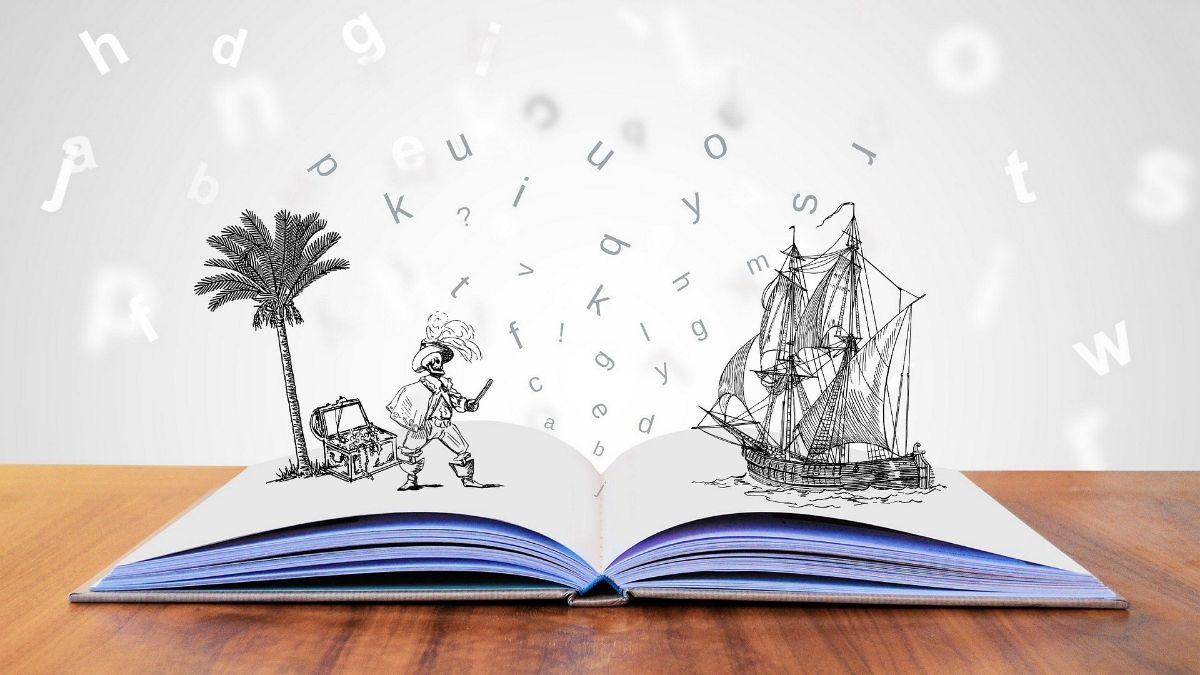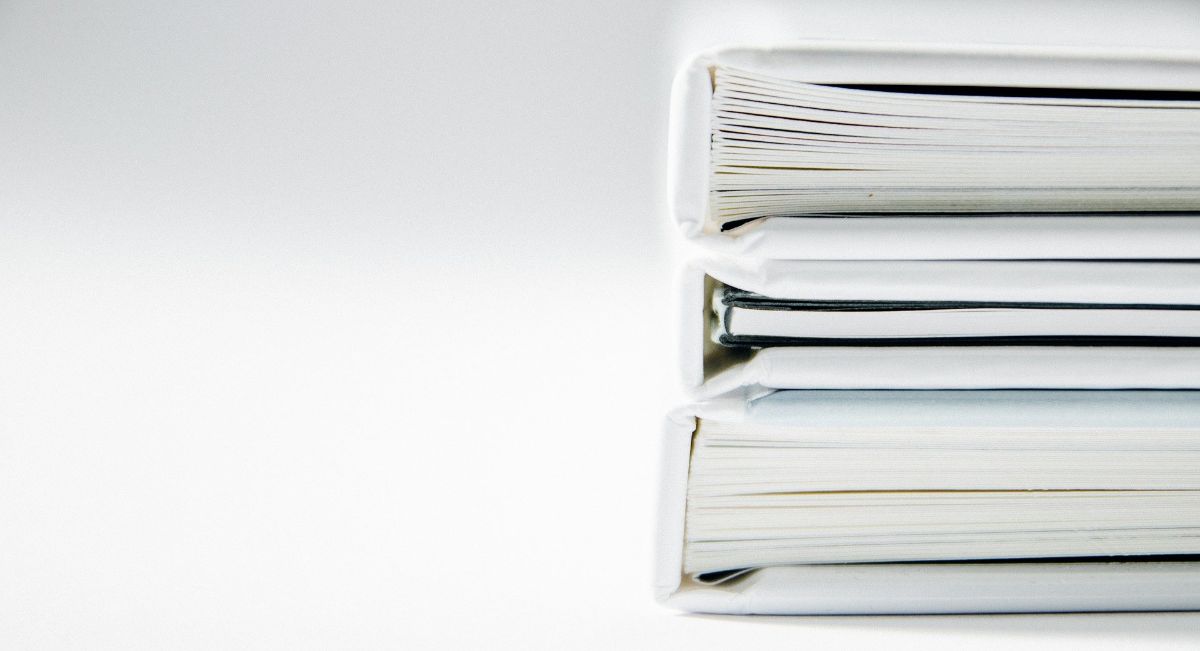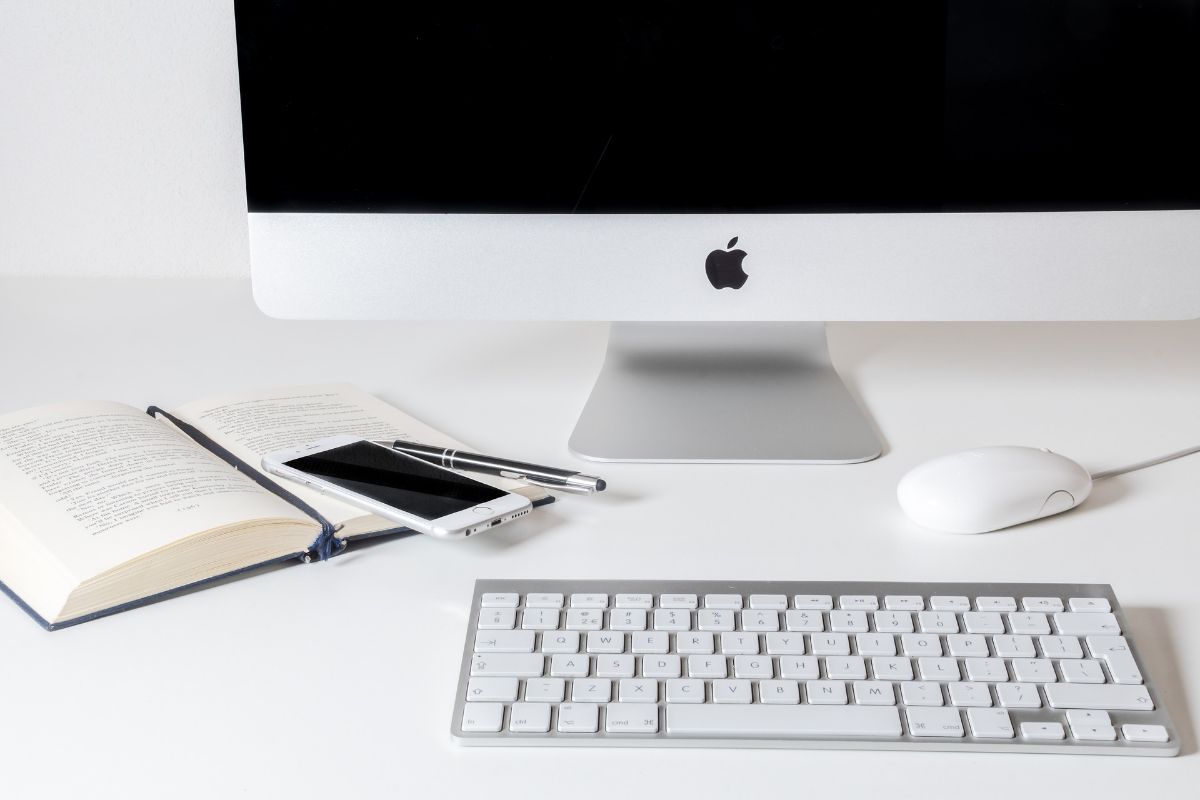
The world of literature is quite wide and, with the arrival of platforms that allow you to publish a book with hardly any money, writers have proliferated. However, not everyone knows how to layout a book and needs tutorials, guides or the help of a professional to do it for them.
Regardless of whether you are in any group, today we have decided to give you the keys so that you can learn how to layout a book and know what you are going to need, and what to look for, in order to get the perfect file, either for a printing press or for one of the book publishing platforms. Let's do it?
Why is it important to layout a book?

Imagine that you have just written your book. The normal thing is that you have done it in A4, that is, in folio size. But a book doesn't have that size (at least not novels). The closest would be the A5.
Just converting the document to A5 is not going to help you because… did you take into account that a book should go with the pages glued to one side? Perhaps the margins they have put makes that part eat letters. Or you have not taken into account the upper and lower margins and there are sentences that do not appear in the book.
Not to mention the titles of the chapters, which can appear in the middle of the page or at the end of a chapter and do not start until the next page.
All these details are what determine that it is well laid out, and that it can be readable.
Therefore, spending time on layout is important. Keep in mind that this is going to be the impression you make on the reader at the beginning, even before they get into the story. If it is not well laid out, it will seem that you do not take into account the details and the impression can be created that the story will be terrible.
How to layout a book

Now that you know the importance of layout, let's dive right into it. And for this you should know that there are two essential elements in this job:
- The document to edit.
- The program you will use to layout.
The rest of the keys are somewhat more secondary, but each and every one of them adds up to achieve the best result. Keep that in mind.
What program to use to layout a book
We start with the program. As you know, and if we haven't already told you, there are different text editing programs, but not all of them manage to layout at the same level.
Some, like Indesign, go further, being able to include images, margins, borders, etc. in a more professional way. You mean that's the best? Yes and no.
The best program for layout is the one in which you feel good. It can be Indesign, or it can be something as simple as Microsoft Word.
You could even use online tools to do it (although we don't recommend them because it involves uploading your work to the Internet and not knowing what they can do with it).
The most important keys
Whichever program you choose, in any book you are going to have to pay attention to certain details. These are:
The type of font you are going to use
That is, what font do you want for your book. Here it will depend to a certain extent on the type of book you are going to layout because a children's book is not the same as a novel for adults.
Of course, it is not convenient that you use different types of fonts inside (nor on the outside, that is, the front and back cover). A maximum of three is recommended (two is ideal).

page margins
Did you know that the margin on the right pages is not the same as the one on the left? If you look at any layout template, you will see that on the right the left margin is larger and on the left it is the right.
We assume that you have gotten the idea why and that is how they save the fact that the books, when opened, do not do it 100% and they make sure that everything is well centered.
Don't forget the top and bottom ones either, especially if you are going to place the number of pages or a header. In the latter, the name of the novel and/or the author is usually put.
The beginning of each chapter
That is, if you want all the chapters to always start on the same page (normally it is on an odd page) surely not all the end of chapters end well so that the next one starts on a new one, right?
That implies having to make page breaks but, when you do, the numbering will come out on that blank page, and it is something that must be removed.
Currently, there are publishers and self-published books that do not do this, and let the chapters start on a new page but without paying attention to whether it is odd or even (that is, to the left or right of the reader). (front or back of the page) Is it better or worse, it has its pros and cons, the decision is up to you.
The structure to follow in the book
A book can be made up of the informative data page (book, ISBN, legal deposit...) as well as acknowledgments, dedication, prologue, chapters, epilogue, glossary... And each and every one of these parts must be well laid out. In fact, a structure is followed that is common in practically all the books.
And you have to have that in your book so that it looks good.
The use of images
There are times when, to illustrate the chapters, images are placed. But it can also be the case that the time jumps, instead of a straight line, also have an image or border.
These must be inserted and fixed in the exact position in such a way that it is prevented from moving when that document is saved (in whatever format it is).
In addition, it must have a minimum quality so that, when it comes to printing, it looks good and not pixelated.
As you can see, laying out a book is not difficult, although it can take 1-2 days in the case of books without images; or a week where you have images (or more). Have you ever done that job? Do you notice anything else that should be taken into account?